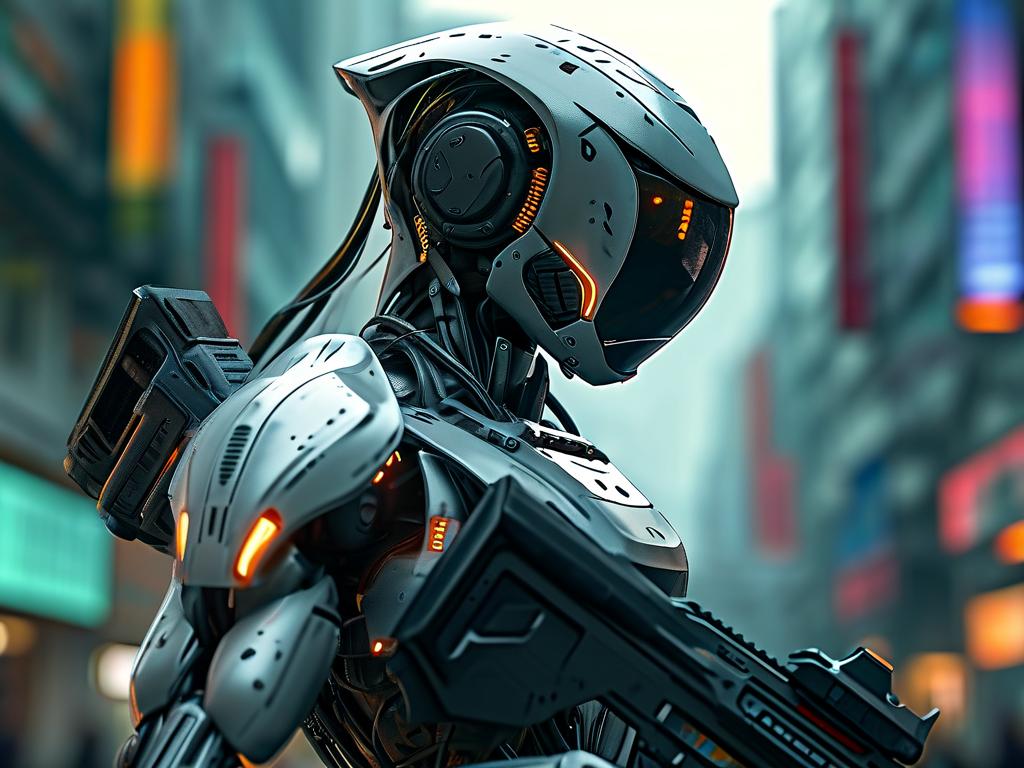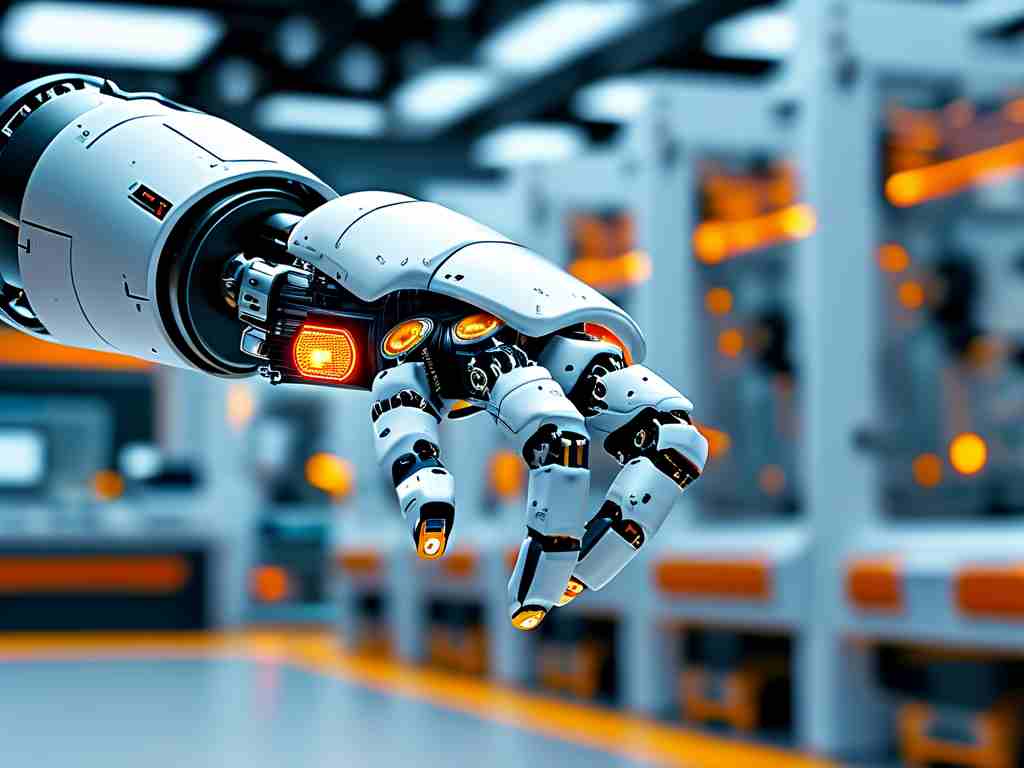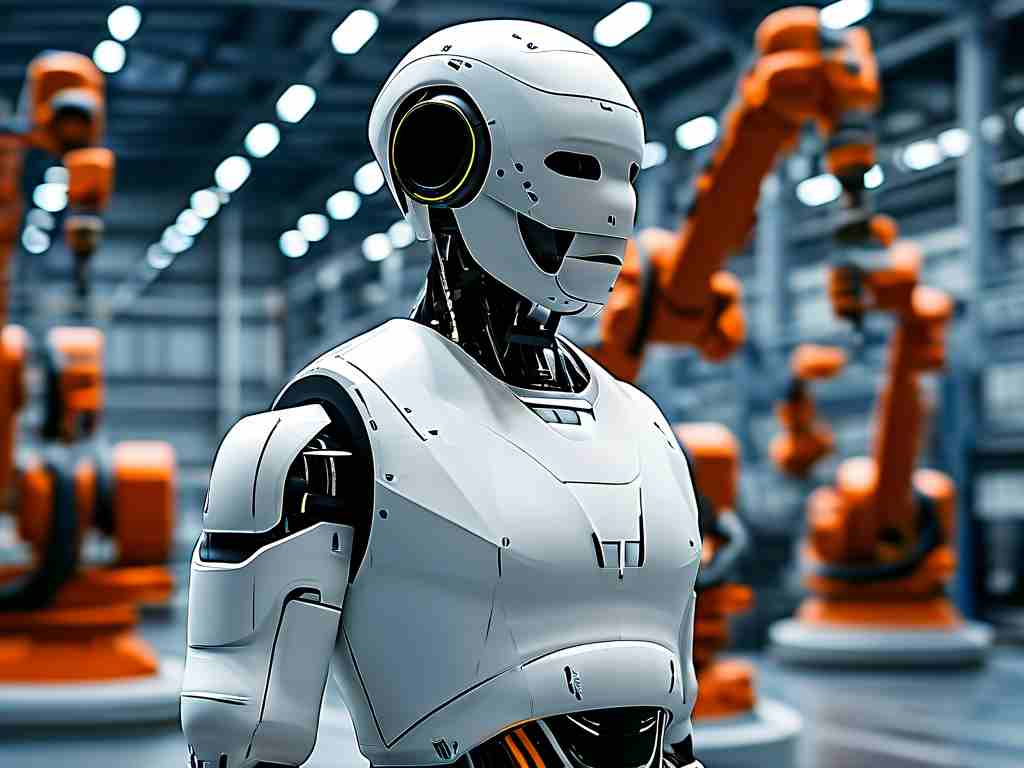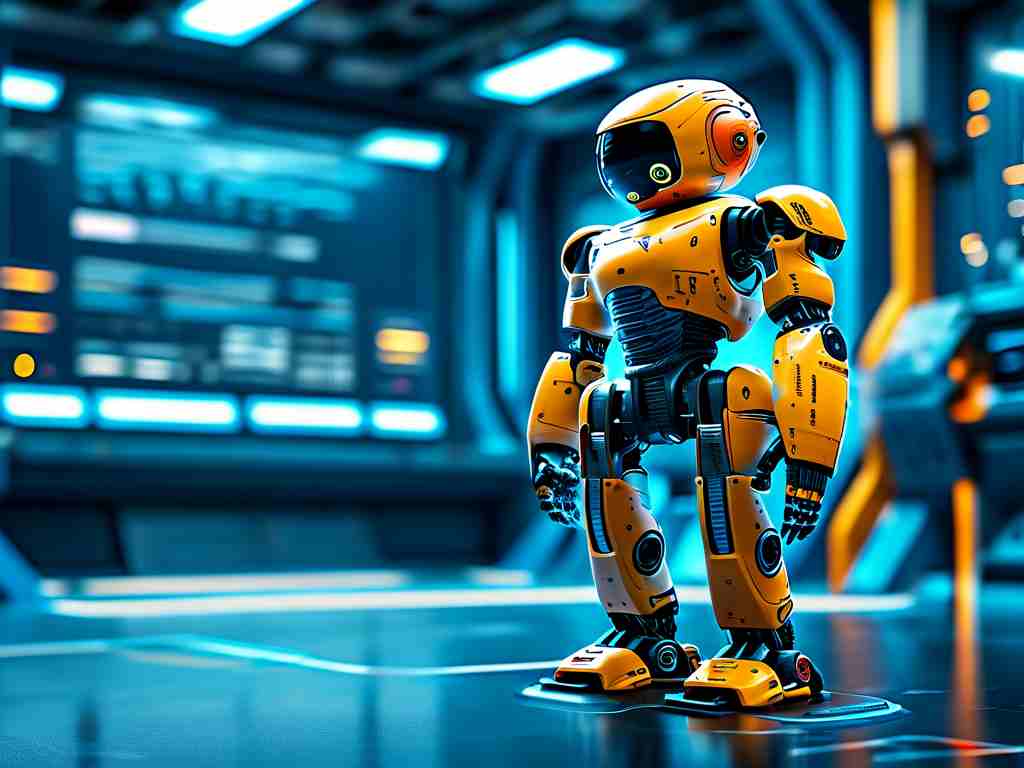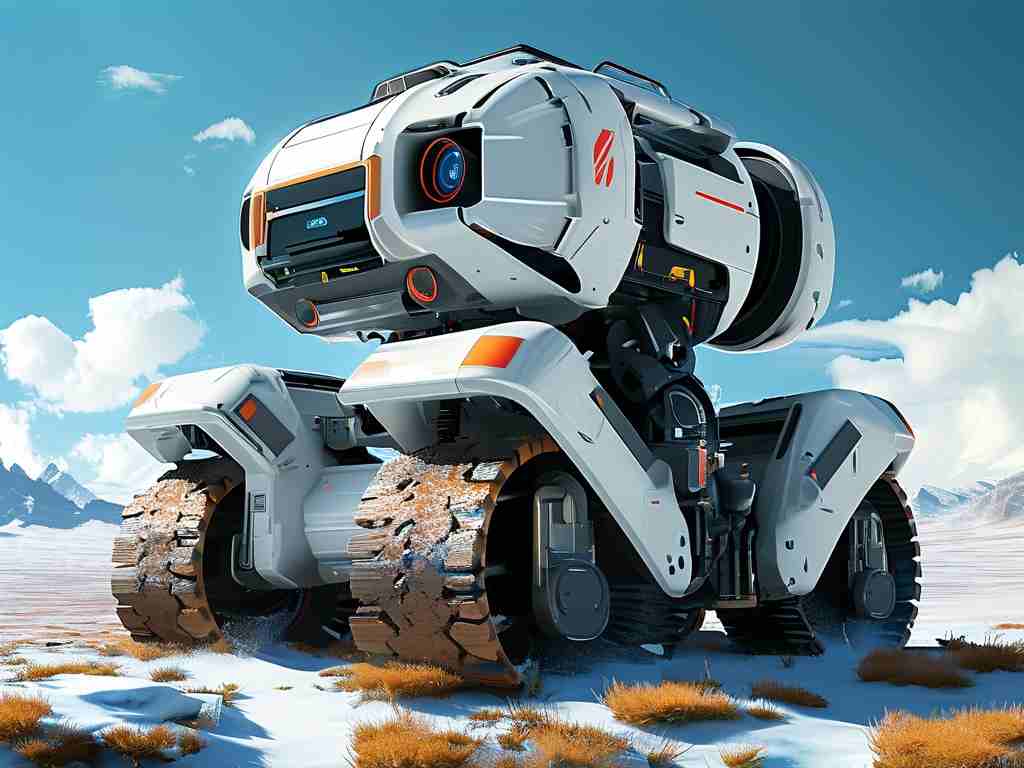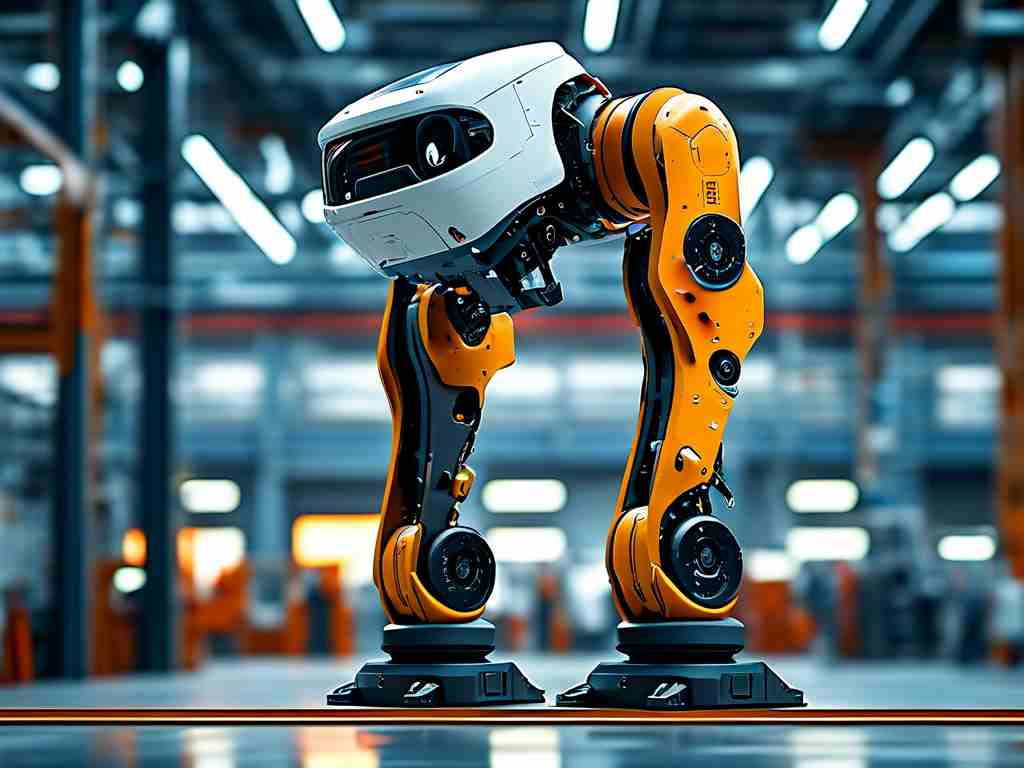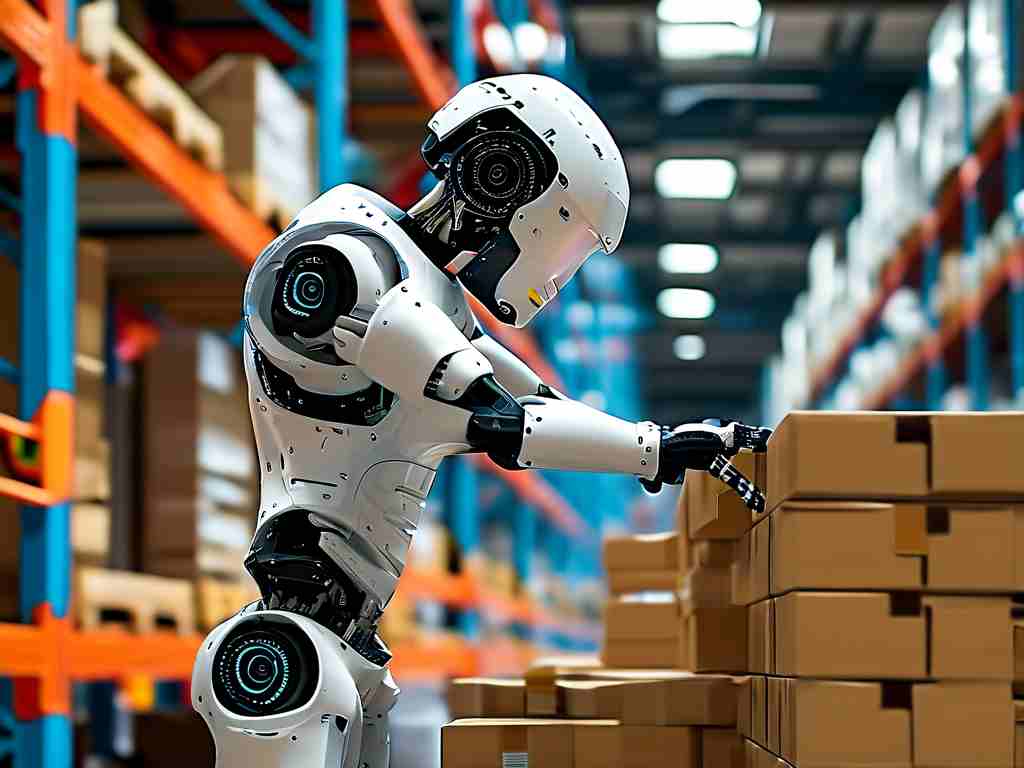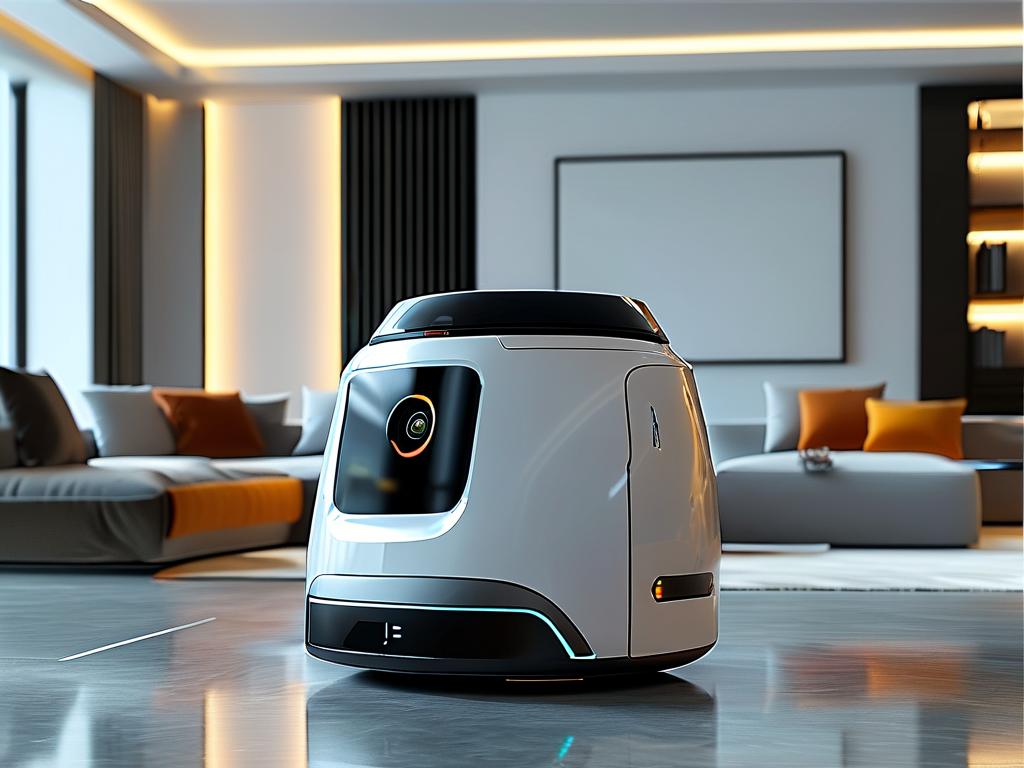The realm of DIY robotics has witnessed groundbreaking advancements through the creative efforts of technology enthusiasts. These tech-savvy innovators are pushing boundaries by developing functional robots using accessible tools and open-source platforms. This article explores three remarkable projects that showcase the intersection of creativity, engineering, and practical problem-solving.
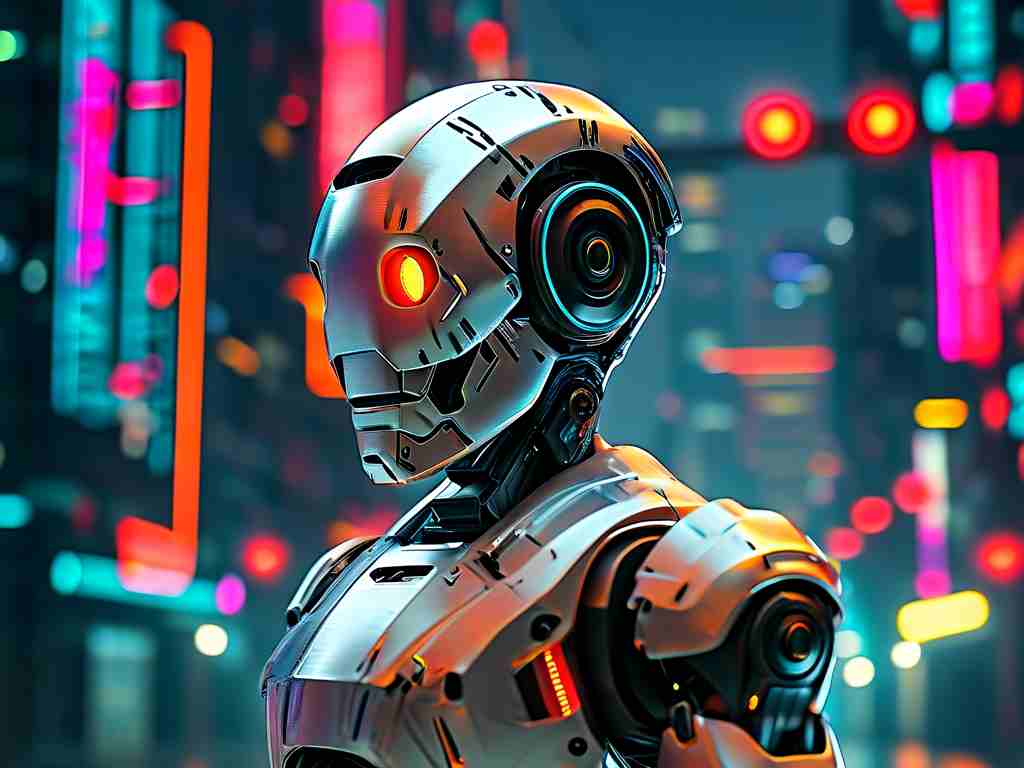
1. Home Automation Assistant "DomBot"
A team of developers recently unveiled a voice-controlled robotic assistant capable of managing smart home devices. Built on Raspberry Pi 4 and integrated with custom Python scripts, DomBot utilizes natural language processing to interpret commands. The robot features:
- Modular arm attachments for physical interactions
- Real-time energy consumption monitoring
- Adaptive learning algorithms for user preference prediction
# Sample voice command processing snippet
import speech_recognition as sr
def process_command():
recognizer = sr.Recognizer()
with sr.Microphone() as source:
audio = recognizer.listen(source)
return recognizer.recognize_google(audio)
This project demonstrates how off-the-shelf components can be transformed into sophisticated automation solutions through creative programming.
2. Educational Robot "CodeBug"
Designed for STEM education, CodeBug represents a leap forward in interactive learning tools. This palm-sized robot teaches programming fundamentals through tangible coding blocks. Key features include:
- Visual programming interface for children aged 8-14
- Obstacle detection and maze navigation capabilities
- Wireless firmware updates via Bluetooth LE
Educators have reported 40% faster concept absorption compared to traditional teaching methods. The open-source design allows schools to customize lesson plans while maintaining hardware affordability.
3. Agricultural Monitoring Drone "AgroScan"
A group of environmental engineers developed an autonomous drone system for precision farming. This solar-powered solution combines computer vision with multispectral imaging to:
- Analyze crop health through NDVI mapping
- Detect pest infestations with 92% accuracy
- Optimize irrigation patterns using soil moisture data
The system's machine learning model processes field data through TensorFlow Lite, enabling real-time decision-making without cloud dependency. Farmers using AgroScan have reported 30% reductions in water usage and pesticide applications.
Technical Challenges and Solutions
These projects share common technical hurdles that were overcome through innovative approaches:
Power Management
AgroScan developers implemented dynamic power scaling, extending flight time by 25% through efficient energy distribution between propulsion and imaging systems.
Sensor Fusion
DomBot's team created a custom sensor fusion algorithm combining data from infrared, ultrasonic, and optical sensors to improve spatial awareness in cluttered environments.
User Interface Design
CodeBug's developers adopted gamification principles in their GUI, increasing student engagement through achievement badges and progress tracking features.
Community Impact and Future Development
These projects have sparked collaborative efforts through online platforms like GitHub and Hackster.io. Recent developments include:
- Cross-platform compatibility frameworks for robotics components
- Crowdsourced troubleshooting databases
- Annual virtual hackathons attracting 5,000+ participants
Emerging trends suggest increased integration of edge computing and quantum-resistant encryption in DIY robotics. As 3D printing costs decrease and AI chips become more accessible, the barrier to entry continues to lower for aspiring roboticists.
The true significance of these projects lies in their democratization of advanced technology. By sharing blueprints and troubleshooting guides, tech enthusiasts are creating an ecosystem where innovation thrives through collective knowledge. This movement not only advances robotics but also inspires the next generation of engineers to turn imaginative concepts into functional reality.


